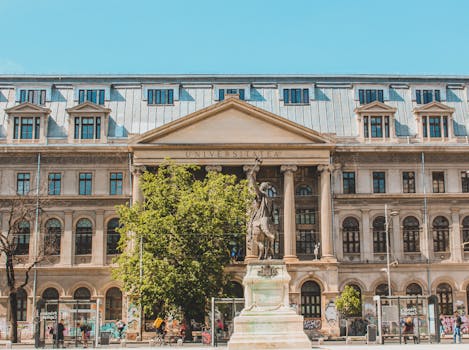
Traveling Through Time: How Europe’s Historical Heritage Shapes Modern Lifestyles in 2025
Introduction to Time Travel
Time Travel, Europe’s Historical Heritage Shapes Modern Lifestyles in 2025. Europe, a continent steeped in history and culture, has a unique ability to transport us through time. From the ancient ruins of Greece and Rome to the medieval castles of England and France, Europe’s historical heritage is a treasure trove of experiences waiting to be explored. In this article, we will delve into the ways in which Europe’s historical heritage continues to shape modern lifestyles in 2025, from the architecture that surrounds us to the art, cuisine, and traditions that bring us together.
Architecture and Urban Planning
One of the most visible ways in which Europe’s historical heritage shapes modern lifestyles is through architecture and urban planning. Many European cities, such as Paris, Rome, and Barcelona, have preserved their historical centers, with narrow streets, grand piazzas, and iconic landmarks like the Eiffel Tower and the Colosseum. These cities have managed to balance preservation with modernization, incorporating contemporary architecture and design into their historical fabric. For example, the Louvre Museum in Paris has added a stunning glass pyramid to its courtyard, while the Vatican City has incorporated modern art and architecture into its ancient walls.
Art and Culture
Europe’s historical heritage has also had a profound impact on modern art and culture. From the Renaissance masters to modern artists like Picasso and Warhol, European art has continued to evolve and influence contemporary styles. The continent is home to some of the world’s most famous museums, such as the Uffizi Gallery in Florence and the Prado in Madrid, which showcase an incredible range of artistic treasures. Additionally, European cities like Berlin, Amsterdam, and London have thriving cultural scenes, with numerous galleries, festivals, and performance venues that celebrate both traditional and avant-garde arts.
Cuisine and Traditions
European cuisine is another area where historical heritage has had a lasting impact. From the rich pasta dishes of Italy to the delicate pastries of France, and from the hearty beers of Germany to the bold wines of Spain, European food and drink have become an integral part of modern lifestyles. Traditional festivals and celebrations, such as the Tomatina tomato-throwing festival in Spain and the Carnevale di Venezia in Italy, also continue to bring people together and showcase the continent’s rich cultural diversity. Furthermore, the tradition of Sunday lunches and family gatherings, which originated in Europe, has been adopted by many cultures around the world, highlighting the importance of shared meals and social bonding.
Conclusion
In conclusion, Europe’s historical heritage has left an indelible mark on modern lifestyles in 2025. From architecture and urban planning to art, cuisine, and traditions, the continent’s rich cultural legacy continues to shape and inspire contemporary society. As we look to the future, it is essential that we preserve and protect this heritage, not just for its historical significance but also for its ongoing impact on our daily lives. By embracing and celebrating Europe’s historical heritage, we can ensure that the continent remains a vibrant, dynamic, and culturally rich destination for generations to come.





